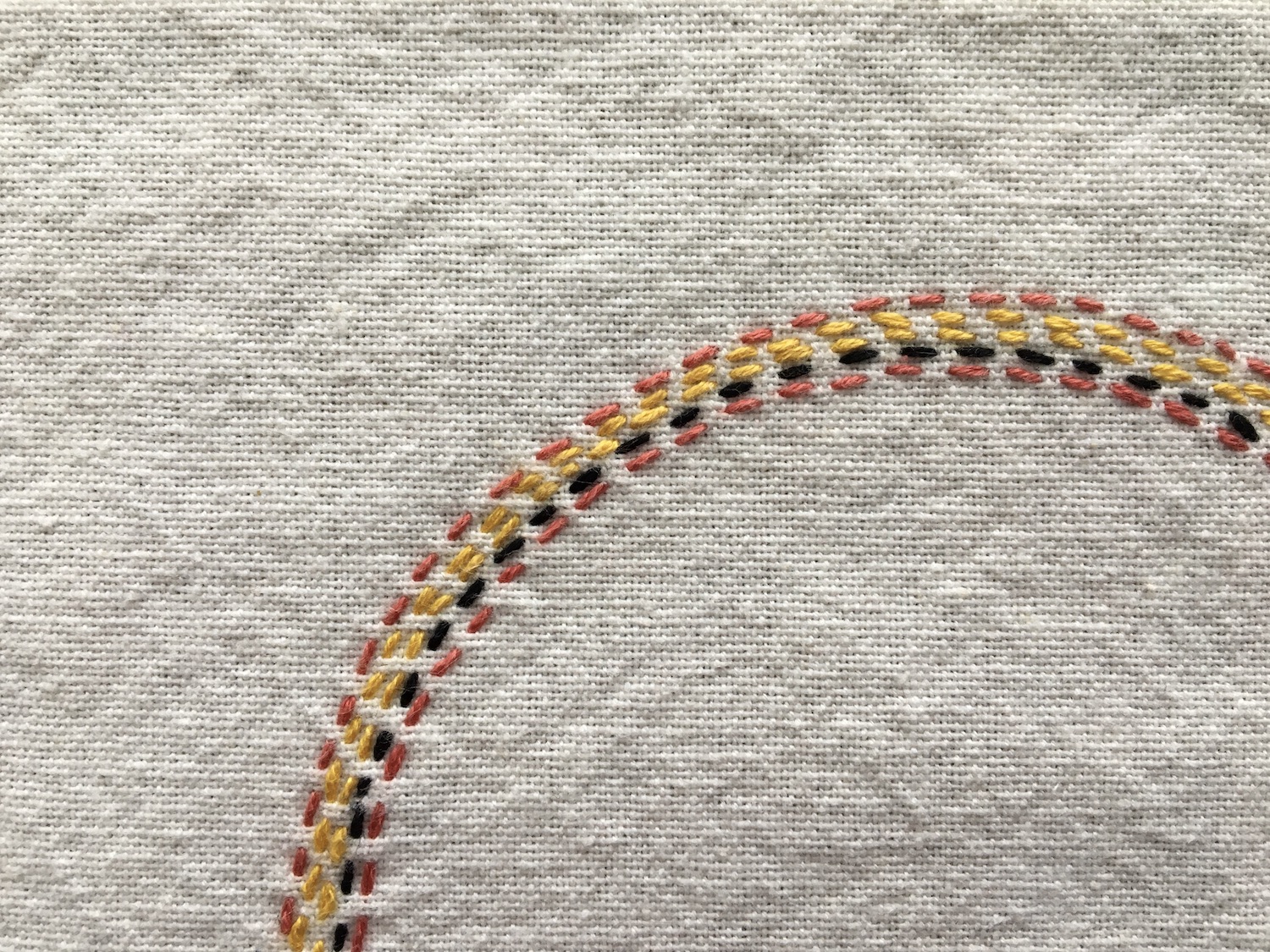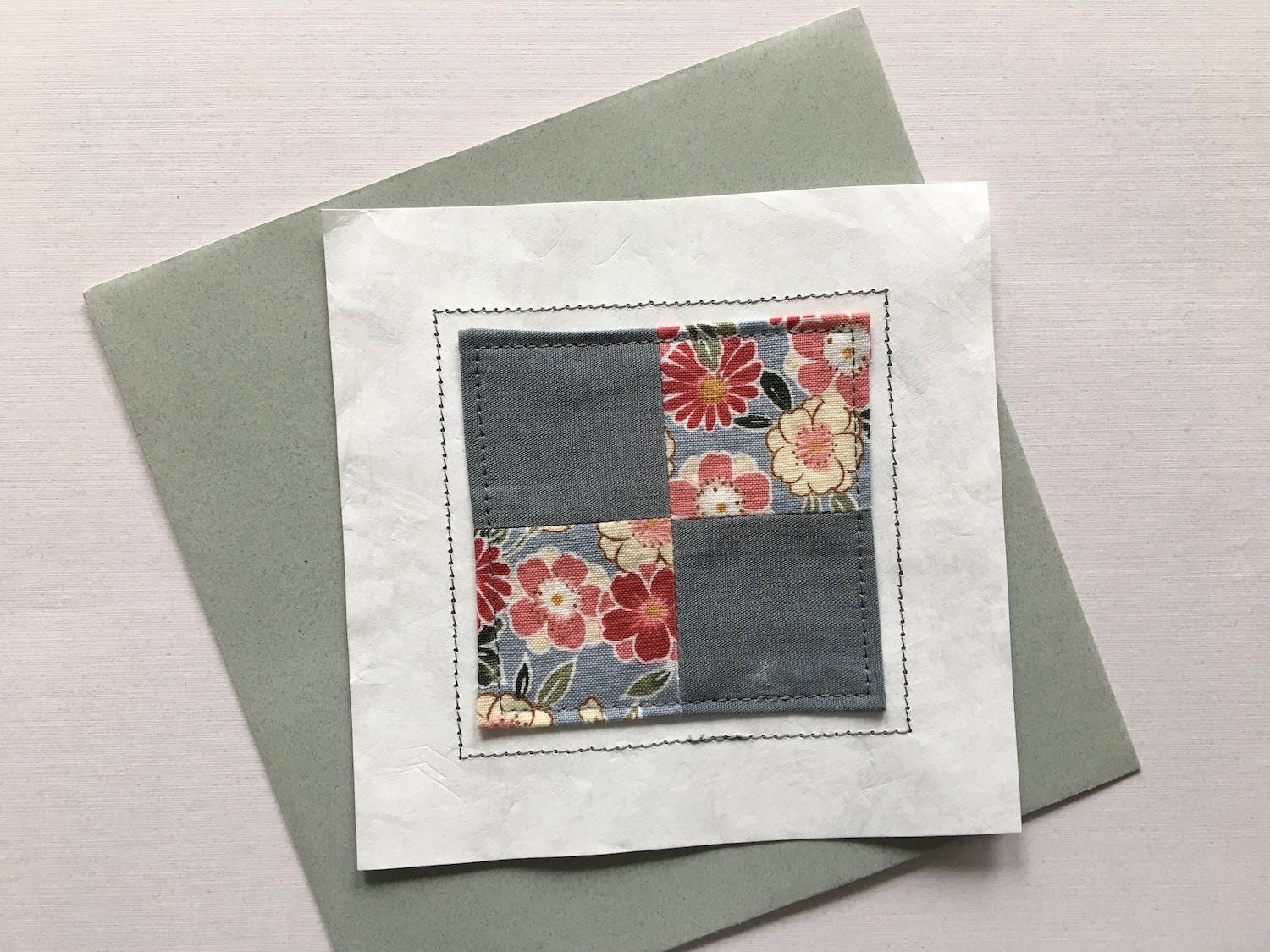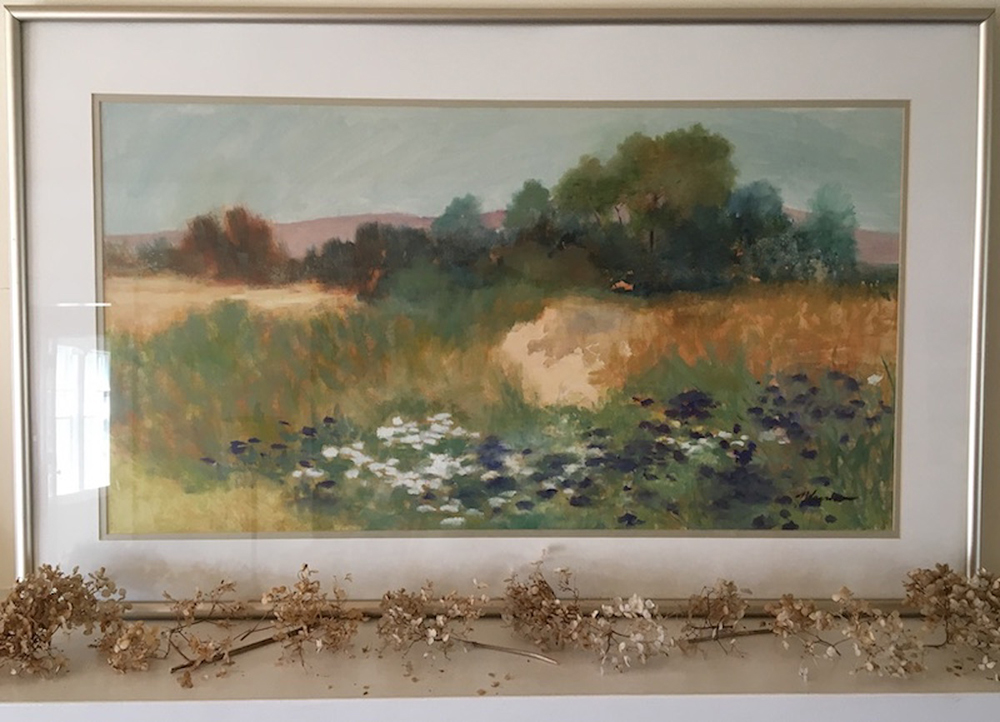Finding Calm – Part 2 – Read, Watch, Listen, Explore
During the past week, I’ve actually spent time in my studio creating several small pieces with lots of handwork. It’s been quite nice after what seems like days of not being able to focus on anything. That said, with the week ahead in this country, I have a feeling that this focus will wax and wane. So, like last week’s post, I am sharing a list of resources to turn to when you are looking for calm, creative fuel and a break from the news…
Read
- My husband is currently taking a continuing ed class where he learned that “even knitting” is good for your brain health because it speaks to the complex physical movements our brain was evolved to accomplish. This dovetailed with an interview I heard on NPR’s Fresh Air with Dr. Sanjay Gupta on his new book, Keep Sharp. I’ve added it to my reading list and will keep knitting and sewing!
Watch and Listen
Last night I watched the excellent new movie One Night in Miami, a fictionalized account of a 1964 meeting in a Miami hotel between friends Muhammad Ali, Jim Brown, Sam Cooke and Malcolm X. Read a review here and read more about the meeting here. It is streaming on Amazon. After watching the movie, I had to pull out “Sam Cooke: The Man Who Invented Soul” from our stack of CDs. Issued in 2000, it’s still available (but the price has gone way up since I purchased) or check with your local library or streaming service to access.
Explore
Transforming ordinary materials into something beautiful is an idea that has always fascinated me. Paper folding of any kind leaves me in awe, whether snowflakes made from white copier paper or complex shapes made from beautiful, unique papers. If you’ve not seen Between the Folds, a PBS Independent Lens documentary that came out in 2008, I suggest adding it to your list. It is available for streaming on Amazon – see the trailer here.
Then check out this article on 31 artists who transform sheets of paper into incredible works of art. Three of my favorites – the breath-taking gigantic paper flower by artist Tiffanie Turner, the paper feathers by artist Parth Kothekar, and the ramen (see video at bottom of article) produced by Papermeal. Then grab a piece of paper and start folding – there are lots of tutorials and books (including this one by Tiffanie Turner) to provide further inspiration and instruction!






